More of the Music of Steely Dan
More of the Music of Cat Stevens
One of our good customers had this to say about some Hot Stampers he purchased recently. [The bolding has been added by us.]
Hey Tom,
A friend and I just did a shootout of 16 copies of Aja, plus one of your White Stampers, which easily trounced them all (including some DJ 12″ singles from the album) [1], and in exactly those areas that you cover in some of the WTLF descriptions you have for that album. Just a great big, open and lovely-sounding record–what a thrill!. And thanks very much for those notes–they help clarify the critical listening process.
We also listened to 16 copies of Tea for the Tillerman. Among those (UK pink rims, German, Japanese, and many US labels) were two excellent early brown label A&M pressings, which I saved for the end of the shootout.
And we had the Analogue Productions 33 rpm pressing, which has been a big disappointment since I first heard it. [2] Those two original A&Ms both sound so much more natural, with more delicacy, extension, air, presence and energy than the AP version. My listening buddy said they sounded as if they were cut at 45 rpm; and neither of us really expected your White Hot UK pink-rim pressing could be a significant improvement over those.
But, as good as those are, it was also obvious that your WHS brought the music several steps closer. The A&M brown labels both added some thickness and over-emphasized the low range of his voice–which (until we heard your WHS) was a pleasant coloration.
But as you frequently mention, the biggest issue, once you’ve heard a great copy, is how much more energy and flow the music has. The WHS stamper just pulled you into those songs, so you could feel every little dynamic shift and tonal change that the musicians were bringing to the table. It allowed that music to breathe in a way I’ve never heard before. What a record!
The BIG thing your Hot Stampers do is present the music in a perfectly balanced way — no frequency range is emphasized, which also means none are compromised. I think this is why you can always turn up the volume on a Hot Stamper. If you’ve got a bad mastering or bad pressing, at some point, turning up the volume only make parts of the recording more unlistenable. Turning up a Hot stamper makes it a bit louder, sure. But it also brings you further into the studio, and closer to the music — and that’s we really want, right?
Ivan
Ivan,
Quite a shootout! I see you learned a lot. That’s what shootouts are for, to teach you what the good copies do well that the other copies do not do so well. As you well know, going deep into the sound the way you did is a thrill, one we get to enjoy on a regular basis. Maybe not every day — not every record is as good as Tea for the Tillerman – but multiple times a week. It’s what make the coming to work every day fun for those of us on the listening panels.


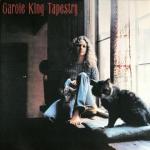 More of the Music of Carole King
More of the Music of Carole King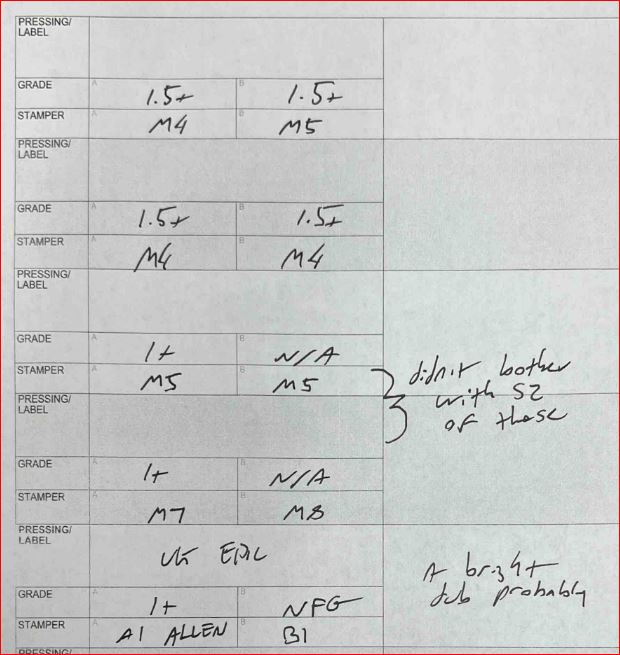

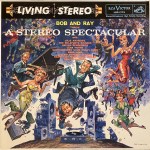
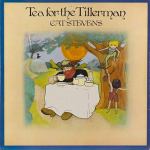
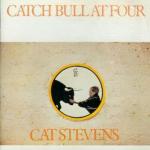
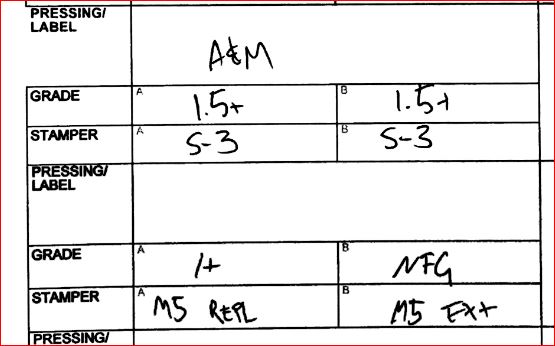





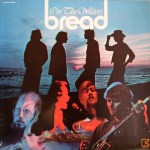 More of the Music of Cat Stevens
More of the Music of Cat Stevens